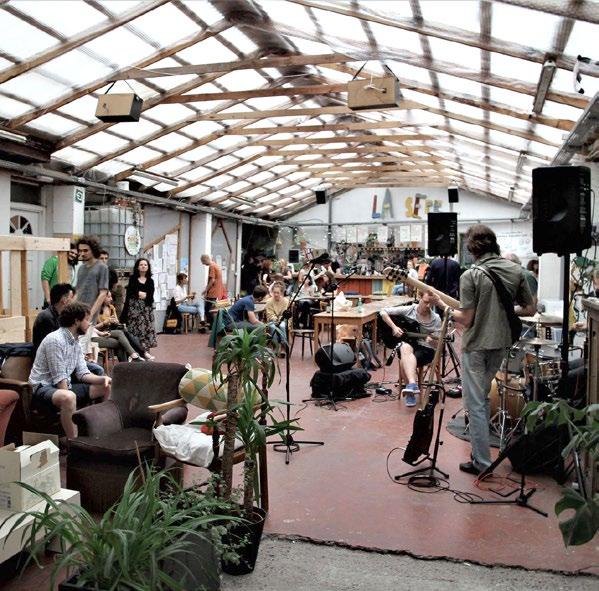
2 minute read
NEGOTIATING TEMPORARY USE
To re-activate underused areas, citizens can take on a pro-active role, which usually develops out of the ustration that declining empty buildings cause, and om the fact that the decision-making is in the hands of city leaders, and not in the city dwellers living there. Giving access to these places empowers the local people, who then - with their thorough knowledge of the context - can come up with ideas for possible alternative usage, that city planners would not necessarily come up with.
Carrying out such a program involves a great deal of commitment and enthusiasm om the initiators, requiring knowledge and overview of complex legal regulations, in the absence of which such initiatives will eventually soon die.
Advertisement
Non-profit organisations can take over these duties and with their time and experience can help in the negotiation and occupation process.
Most of these non-profit organizations have grown into this semi-institutional role om small bottomup initiatives with the overall goal of exploring the possibilities that underutilized areas offer.
These intermediate parties di ffer greatly in the way they operate. The London based organisation 'Meanwhile Space' works more like a socially oriented real estate company, managing the vacant property as a landlord helping community interest businesses and organisations to get access to space at an a ffordable price. The Aarhus based 'Institut for (X)' operates as a cultural and informational platform supporting citizen initiatives while developing its neighbourhood with grass-root activities. 'Free Riga' in Latvia and 'Yes we camp' in France are mixing bottom-up neighbourhood activities with transitory town planning strategies to tackle the issues connected to vacancy.
Communa
The Brussels based organisation 'Communa' has the aim to heal the urban scars by temporarily occupying vacant places. With the approval of the owner, they accommodate socially-oriented, non-profit organisations in them and provide homes for people in need.
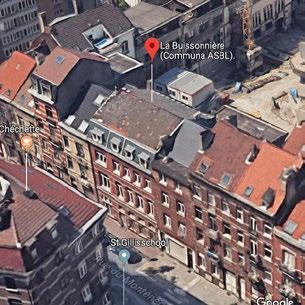

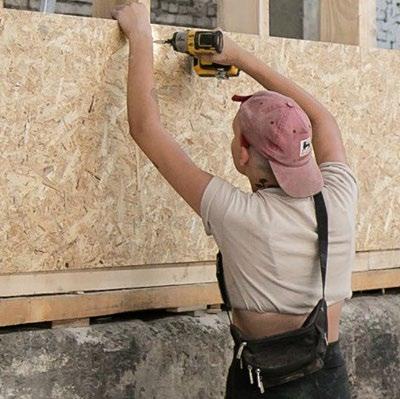
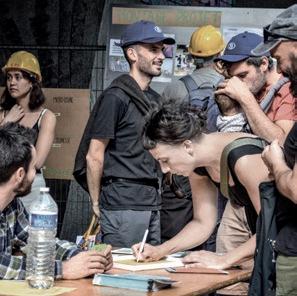
The property is a platform for experimentation to test new functions (neighbourhood cinema, dance hall, community kitchen) that could serve the surrounding residents and strengthen the community. Therefore a strong collaboration with the neighbours is key when designing and realising their projects.
The recovery of the empty places happens as follows: upon choosing the next possible building that seems appropriate for such an intervention, Communa contacts the owners of the property and tries to convince them about the benefits of temporary occupation. They then sign an occupancy contract and Communa
1
2
3.Signinganoccupancycontract
4.Co-designingtheplacewith futuretenants
5
6.Accommodatingthedwellings co-creates the plans of the occupation together with the neighbourhood and the possible future tenants. A erwards, they refurbish the building to meet the minimal demands (with the help of volunteers and the committed citizens of the neighbourhood) and occupy and maintain the building for the agreed period (2-5 years).
Spatial Qualities
La Serre is a typical Communa building. The 8502 property (together with two buildings on its side) used to be a car garage, now it is an empty space owned by the Municipality of Ixelles. A er refurbishment, Communa created 3 types of space in it: the le block contains 4 small refurbished rooms offering living space for people in need of a ffordable housing. The rooms are equipped with small in astructure like tap water, and tenants have a shared bathroom.
In the right block, there are co-working spaces for non-profit organisations and individuals who are working in the creative industry. Some other Communa buildings also have big ateliers and workshop spaces for artists and cra smen.
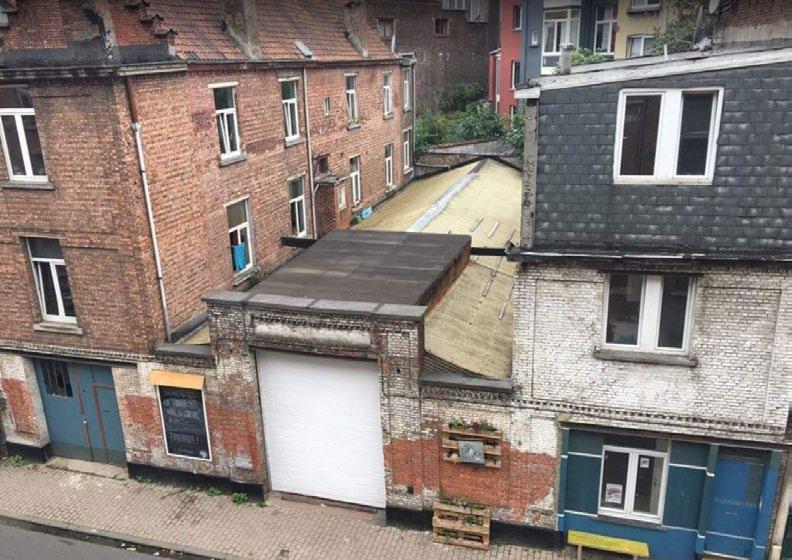

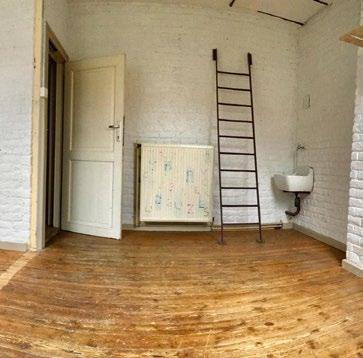
Probably the most important place is the central communal space, which gives home to a shared kitchen, numerous neighbourhood activities, public workshops, solidarity and second-hand markets, cultural events, and also a bar of which profit is used both for charity and to cover Cummuna's operation costs.
